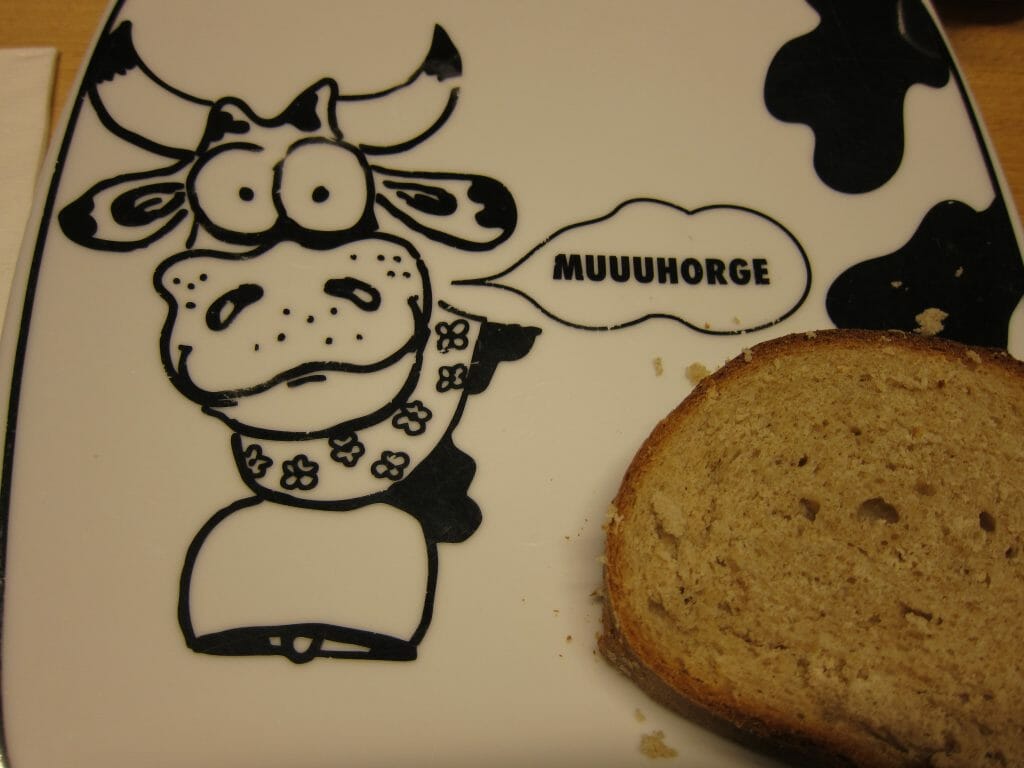As I’m writing this here in the Chamonix valley, we are 6 days in to a 15 day lockdown, only being allowed out for essential journeys and to exercise within 1-2km of our home. Apparently it takes around 10 days to adjust to being in isolation. For anyone who feels daunted by this prospect or is currently struggling to adapt to self isolation this article from two expert psychologists who work with those in extreme environments (such as astronauts, expeditions, solo explorers, polar scientists all whom choose to live in isolation) share some insights and practical tips on how to cope. It’s worth a read!
Here are some of my suggestions on how to adjust and manage your nutrition intake during these uncertain times.
- Allow time to adjust – working from home, having time on your hands, change in training, adapting training within restrictions and resources, simply getting your head around it all. This may take days so take the pressure off going from what was normal straight into the unknown, find your feet again, re-group, make a new plan then go again.
- Stick to routine and structure – regular meal times, working hours, work outs at similar times, build in other time for tasks, jobs, goals, as applies to you.
- Plan Meals and Snacks – BUT allow for those days it might not go to plan, moments of ‘I couldn’t resist, lack of motivation, it was just there, I felt hungry all day’.
- Plan your meals and snacks for the week, create a shopping list.
- Write down what to eat each day including snacks reducing temptation to eat every visit to the kitchen.
- Stick these plans to the fridge door, keeping them visible and you accountable.
- Avoid grazing all day so you are not hungry when it comes to meal times.
- Manage a reduced energy expenditure due to change in training.
- Eat enough protein at each meal (aim for a minimum of 20g per meal).
- Choose higher protein snacks (see examples below).
- This is a time you can reduce carbohydrate intake, swap to lower carbohydrate options to ensure you are still eating a full plate of food (see below for examples).
- Be mindful of how much butter/oil/creamy sauces you are using in your cooking.
- Limit the ‘junk’ food you have in the house.
- Keep a food diary.
- Helping you be accountable and stay track of wh.at you are eating.
- Increase your NEAT (Non Exercise Activity Thermogenesis), all activity done that’s not planned exercise. Research has shown increasing NEAT helps control body weight via an increase energy expenditure. Try to reduce sedentary time/time sitting between training sessions e.g.
- Go up and down the stairs as often as you can.
- Clean, DIY, paint, gardening.
- Walk the dog regularly.
- Maintain Hydration, we can mistake feeling hunger when you may be thirsty.
- Get a good night’s sleep, your hunger hormones are raised following a poor night’s sleep, plus it protects your immune system.
Nutrition and Coronavirus
- There are no nutritional supplements that will prevent or cure the coronavirus.
- You can’t boost your immune system to protect against the coronavirus.
- Avoid being in a calorie deficit to protect your immune system.
- A good balanced diet over time including plenty of fruit and vegetables will support your immune system.
Higher Protein Snack Examples:
Higher protein yoghurt (Skyr, Greek yoghurt, Fage / Total Greek yoghurt), boiled eggs with raw carrots, protein shake (whey or plant based), cottage cheese on rice cakes/raw carrots, rice cakes + nut butter, protein cereal bars, tinned fish, egg muffins, sliced apple + nut butter, banana + nut butter, berries + cottage cheese/yoghurt.
Be mindful of portion size and calorie content.
Lower Carbohydrate Examples:
Swap carbohydrate rich foods e.g. rice, potatoes, pasta etc to lower calorie but filling alternatives i.e. root vegetables (carrots, beets, squash, pumpkin) and carbohydrate swaps such as cauliflower rice or courgette/zucchini noodles. This allows you to still eat a full plate of food whilst reducing calorie intake. For a simple example replace the pasta in lasagna for eggplant / zucchini.
OR
- Half carrot mash with half sweet potato mash
- Swap rice for cauliflower rice or half and half
- Half rice noodles with half zucchini noodles
- Roast beetroot, carrot and pumpkin instead of roast potatoes or half and half
By Uphill Athlete’s High Performance Dietitian, Rebecca Dent
You might also be interested in:

